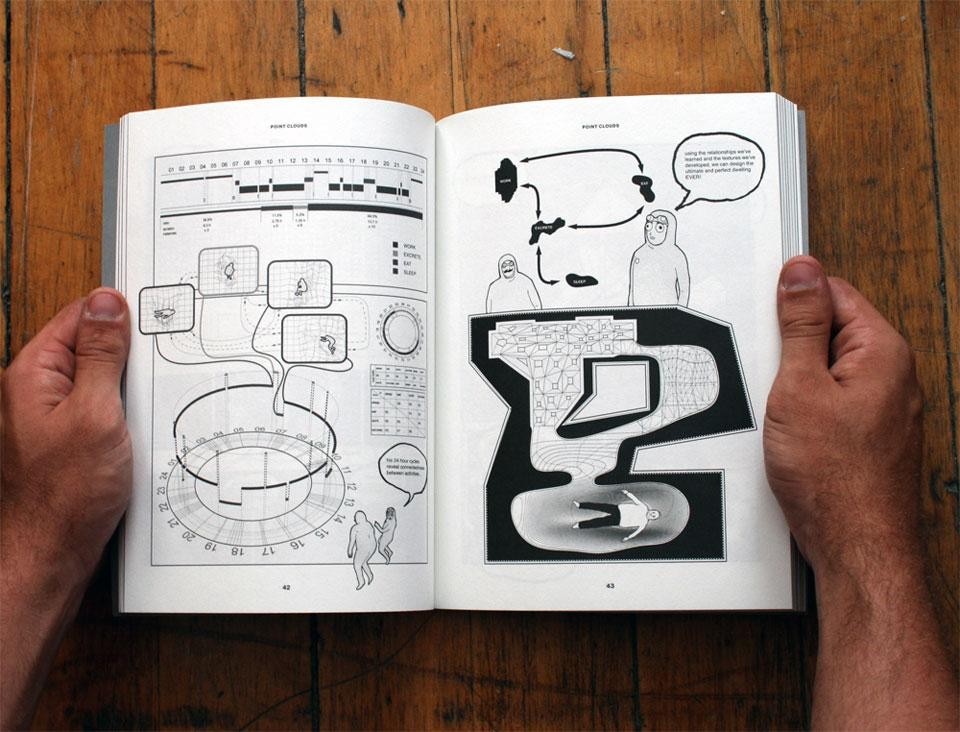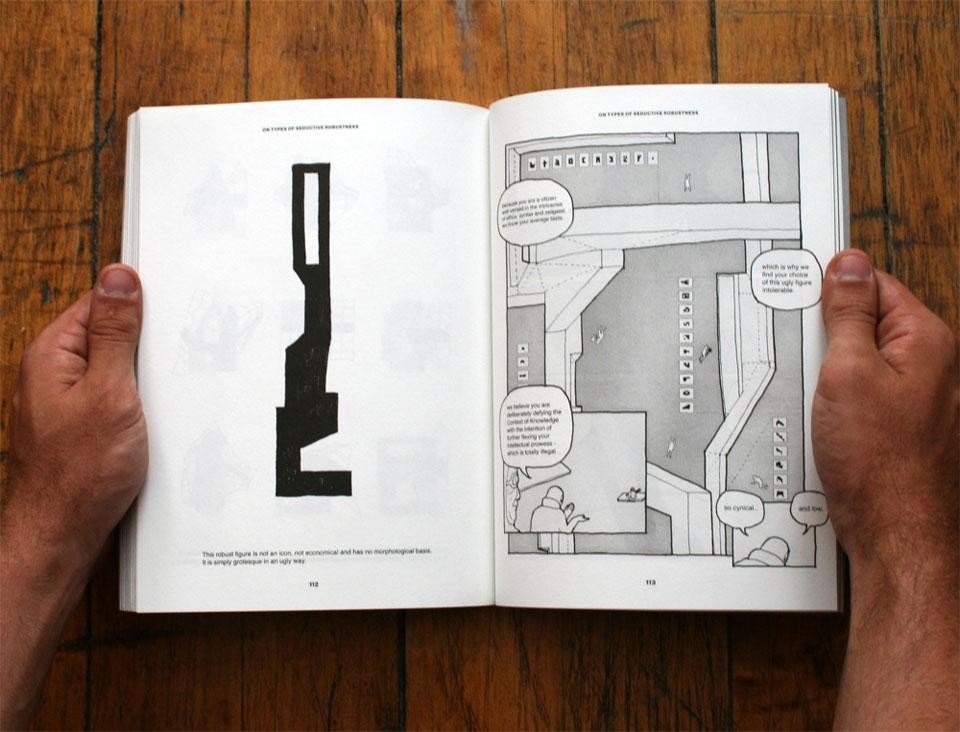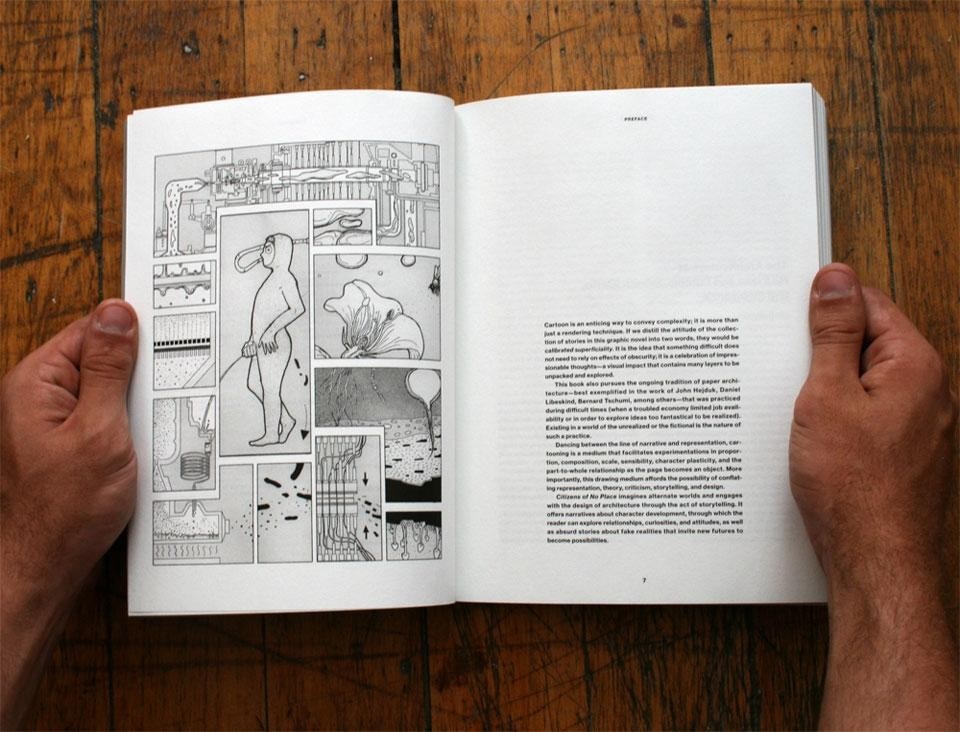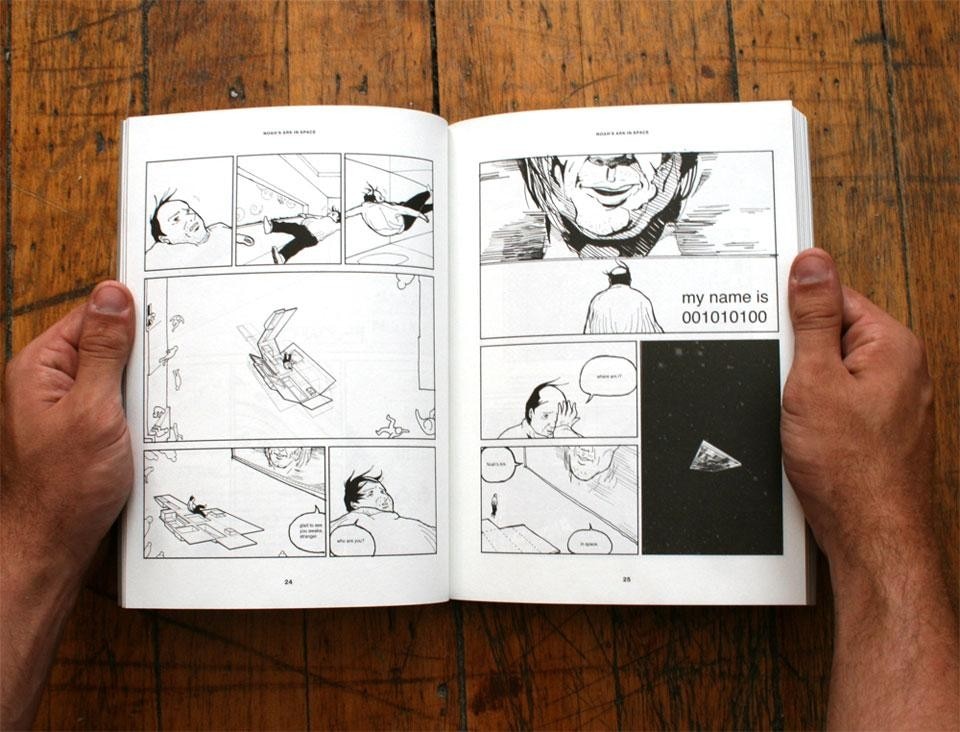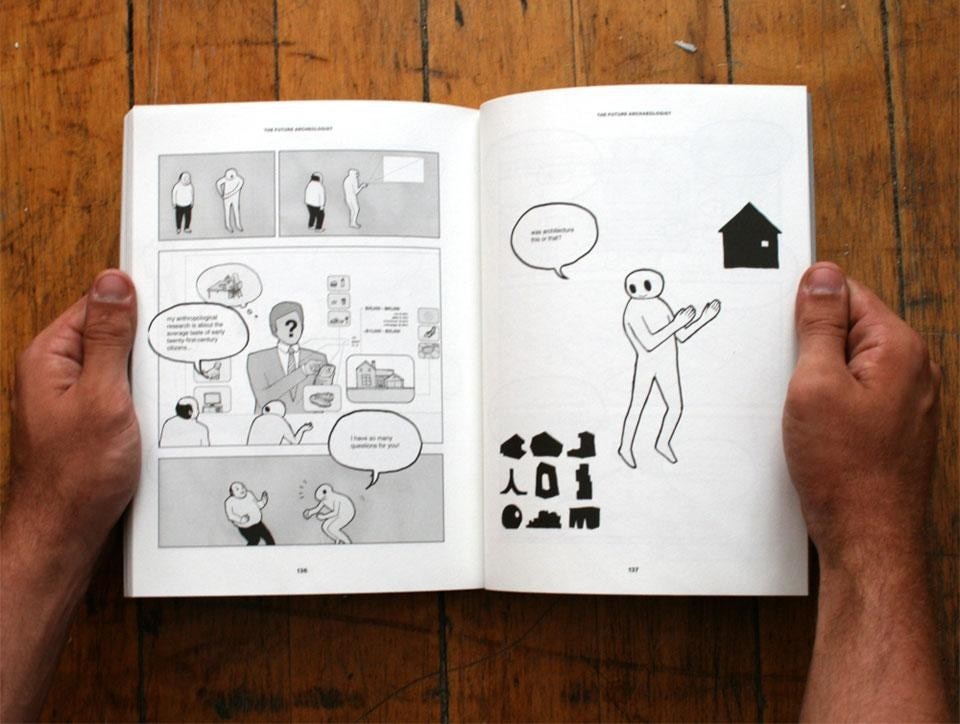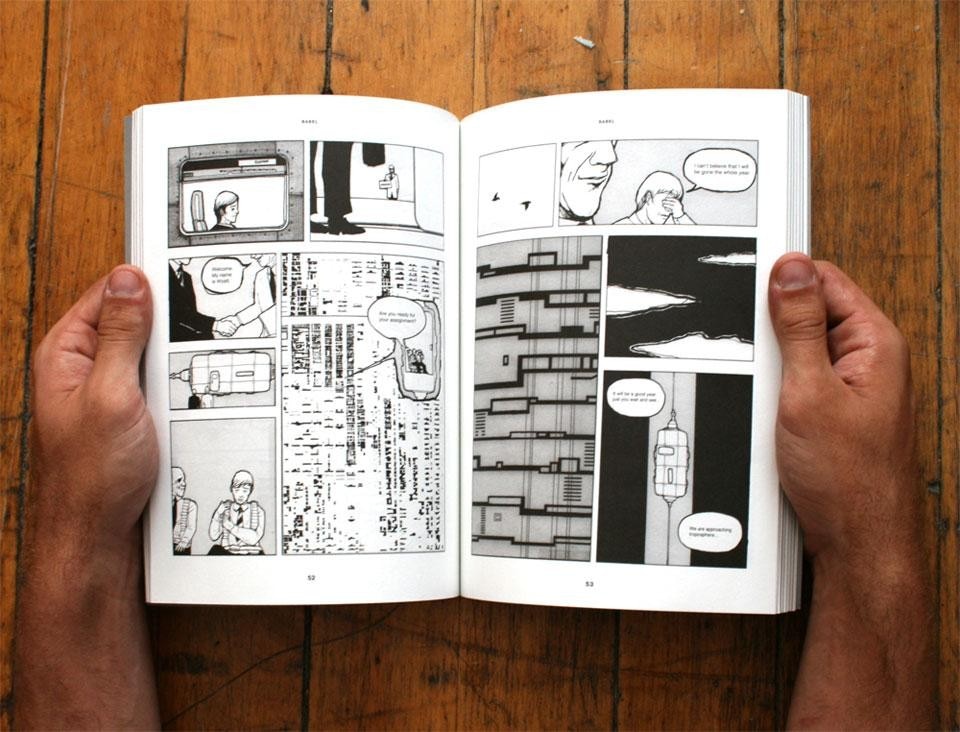They said that there is a "crisis" in criticism. Some decried the artform as too "predictable, cosy, and managed". They said writers have become slack-jawed onlookers to the iconographic boom, seemingly unable to critically engage. Others blame the internet for the "crisis", where everyone is a critic, but noone is accountable. They say critics are uselessly carrying out obscure, niche projects, while bad building goes unnoticed. There was even a roundtable hosted by this very publication entitled "Critical Futures". Everyone has been calling for new modes of critical analysis that bring new life into the profession and go beyond PR hype and celebratory trumpeting of the next meaningless form. This is what they want and this is what they get: An "architectural graphic novel". Jimenez Lai's Citizens of No Place is a highly refined, robust blend of design criticism, cutting-edge theory, and masterful representation. Maybe from now on, they will be careful what they ask for.
In art historical terms, the Baroque is a 17th century movement characterized by extreme detail and exaggerated motion, producing aggrandized, dramatic, and exuberant forms while maintaining a simplicity and clarity of narrative. As an adjective, "baroque" can be seen as the basis for Citizens of No Place, where the exaggerated, dynamic phantasmagoria of Manga is appropriated and manipulated to tell easily digested stories about architecture that are simultaneously realistic and fantastic. "Noah's Ark in Space", a baroque title, creates an unreal scenario where a real person is asked to categorize his life with numbers. He struggles to do so, providing an entertaining commentary while provoking a real issue in architecture: what is the role of designer in the subjective environment?
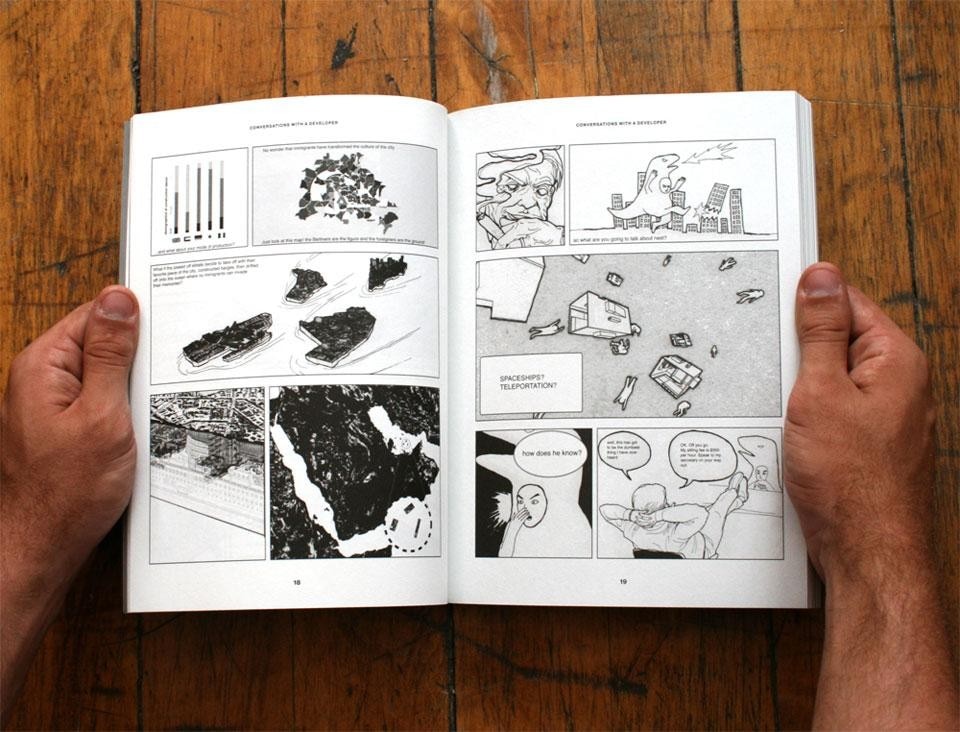
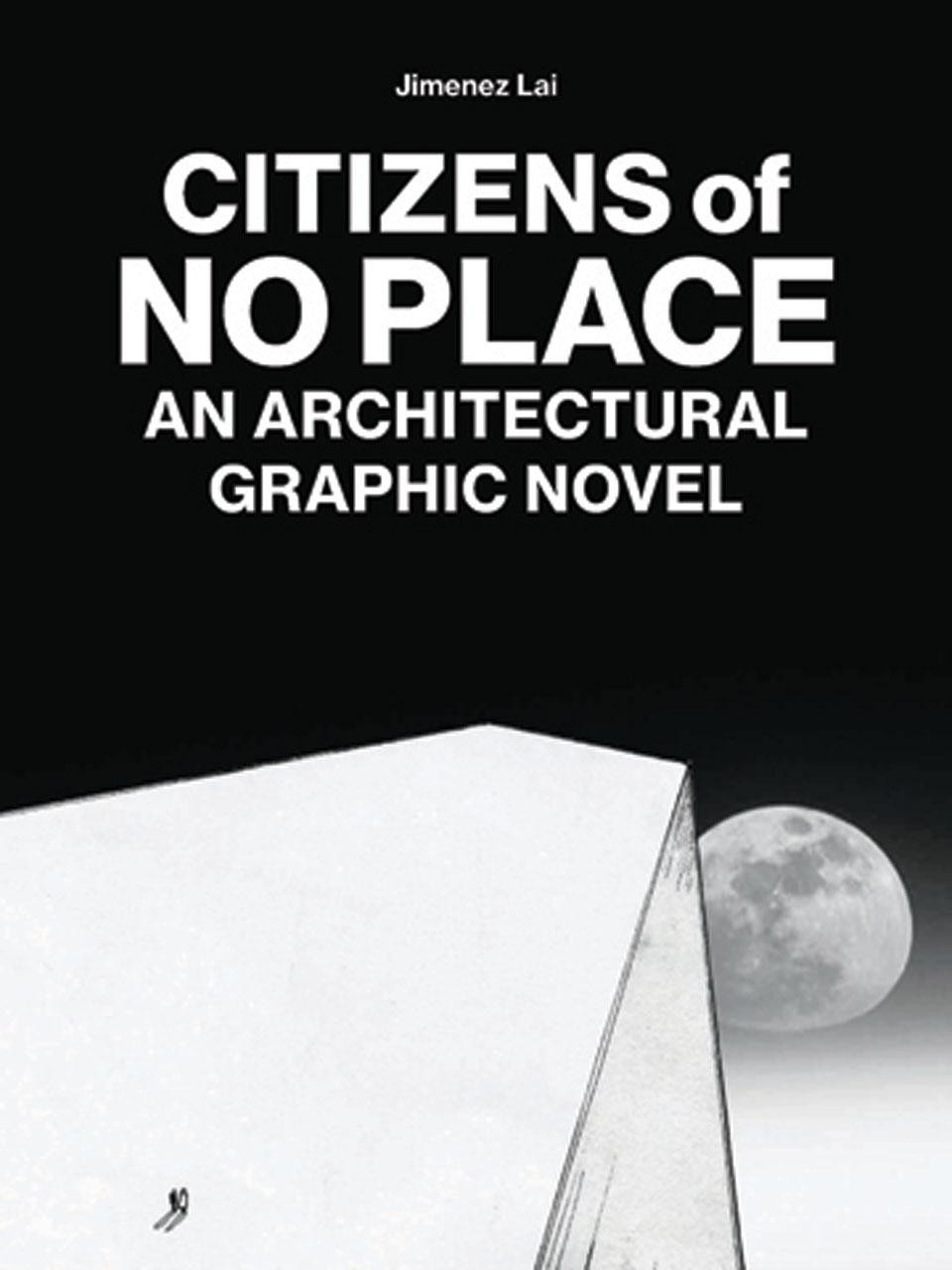
Like the best bits of the Simpsons, these scenarios have multiple readings and can be taken many different ways. If it sounds irrational it is because it is. But that is where the genius lies: in the seemingly unrealistic nature of the conflations
